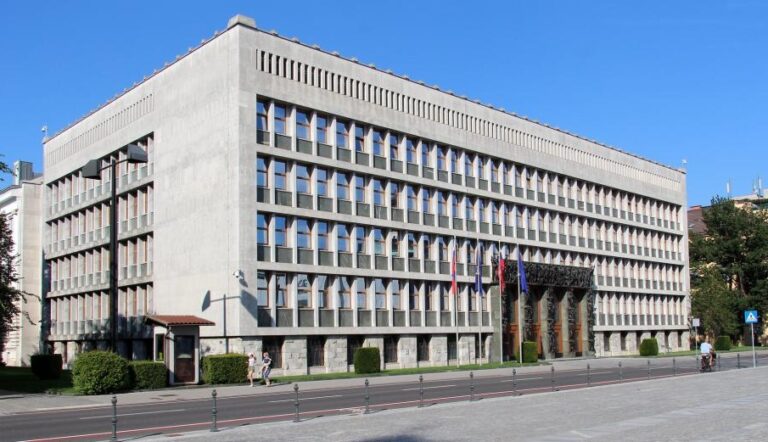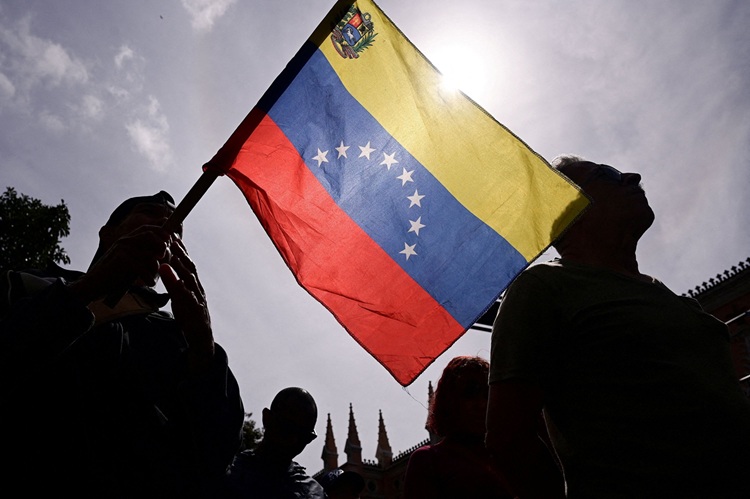The skies above Cape Canaveral shimmered with anticipation as Boeing’s long-delayed Starliner finally launched into the great beyond, carrying with it the hopes of an aerospace giant striving to reclaim its place in the stars. At precisely 10:52 a.m. ET, the spacecraft roared to life, propelled by an Atlas V rocket, and embarked on a journey that has been years in the making. Aboard this metallic marvel were two NASA astronauts, Butch Wilmore and Suni Williams, ready to write a new chapter in space exploration.
But this triumphant moment didn’t come easily. The mission, officially known as the Boeing Crew Flight Test, had its fair share of drama and disappointment. Just last Saturday, the countdown was halted in the final minutes due to a glitch in the ground support computer, a heart-stopping moment for everyone involved. This followed an earlier hiccup in May, when a faulty valve in the rocket itself forced another delay. Each setback added another layer of complexity and frustration, testing the patience and resilience of all those committed to making Starliner a reality.
Starliner’s journey to the stars has been anything but smooth. Since 2020, SpaceX’s Dragon capsule has regularly ferried astronauts for NASA, casting a long shadow over Boeing’s efforts. The financial toll has been steep, with Boeing absorbing $1.5 billion in costs due to these relentless delays and nearly $5 billion of NASA’s development funds. At times, it seemed Starliner was destined to be a perpetual runner-up, a backup plan rather than a flagship. NASA’s decision in 2021 to reassign astronauts off Boeing’s initial crew flights underscored the gravity of the situation.
Yet, here we are, witnessing what could be a turning point. Wednesday’s launch marks the final major hurdle before Boeing can secure NASA’s certification for regular missions. For Wilmore and Williams, both seasoned astronauts and former Navy pilots, this mission is a blend of routine and the extraordinary. Wilmore, a NASA veteran since 2000, has ventured into space on both the Space Shuttle and Russia’s Soyuz. Williams, selected by NASA in 1998, has a similar pedigree, making this mission a poignant blend of experience and new frontiers.
As Starliner soars towards its rendezvous with the International Space Station, it carries not just its crew and cargo, but also the aspirations of Boeing to redefine its place in space travel. If all goes well, this mission will prove that Starliner is ready to join the ranks of NASA’s trusted fleet, capable of carrying astronauts and advancing the frontiers of science. And for Boeing, it’s a testament to perseverance, innovation, and the unyielding human spirit that dares to dream of the stars.
(Source: Spaceflight Now | CNN | Florida Today)









